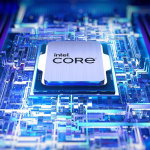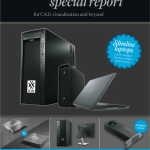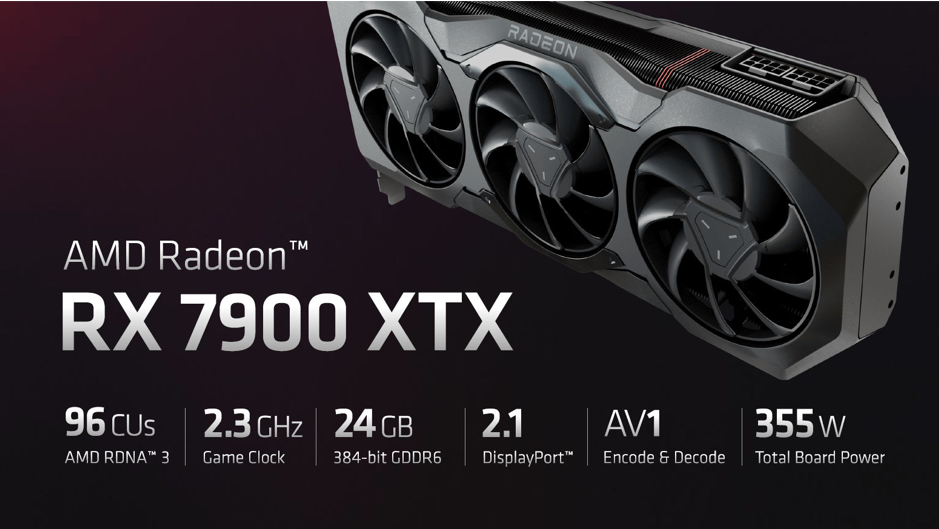
AMD’s new flagship graphics card RX 7900 XTX – fresh out of the BOXX
We are now just days away from the grand release of AMD’s flagship graphics card, the RX 7900 XTX, and its slightly cheaper sibling the RX 7900 XT.
With its December 13th release date fast approaching, many customers are left wondering whether the upgrade justifies the alleged $899 price tag (UK Pricing to be confirmed), thankfully we are here with the lowdown, to help you make an informed decision.
Boxx has been in the industry for over 25 years, so when it comes to high-end workstations and components, we have you covered.
The release of a flagship card is always exciting, and this is no exception. The 7900 series boasts impressive features including the AMD Smart Access Memory Technology which will elate video editors with its 33% Performance boost in 4K video editing and drastically reduced rendering times. It works by pairing the RX 7900 XTX with an AMD processor and expanding the data channels to harness the full power of the GPU, utilizing the bandwidth of PCI Express to remove the bottlenecks and increase performance. Normally processors can limit the system performance by only accessing a fraction of the graphics card’s memory (VRAM) however this new technology bypasses that limitation. This performance increase will be most prominent in DaVinci Resolve, however, all programs will greatly benefit from the new AMD Smart Access Memory Technology.
A boost of these proportions is a great asset cutting rendering times and helping to improve productivity. Saving time on rendering allows for more time freed up for editing and that all-important creative process.
Performance Hybrid Architecture
Other notable features include the Infinity Cache which offers a 2.7x increase in bandwidth over the last generation as well as a general increase in speed and power. The RX 7900 XTX is reportedly 1.7x faster than the RX 6950 XT making it a rather sizable upgrade on the previous card.
Aside from an increase in power, AMD has been focusing on its power efficiency, a very welcome goal in the current economic climate. Boasting more power per watt than the GTX 4090, the RX 7900 XTX is appearing to be an energy-smart and money-saving card to use in your workstation. From the information we have, it appears that running one 4090 uses almost as much energy as two 7900s, and if your company has the 4090 in every workstation you will be bound to see a very large spike in your bills. This could mean that a fleet of workstations outfitted with AMDs latest kit could prove a hefty discount on the energy bill, and with the price of energy rising it will be something more and more businesses are looking to save costs on. However, until we gain access to the card itself it is mostly speculation based on the information provided by AMD.
Keep in mind that all the comparisons stated in this article are between the founder’s edition of the GTX 4090 and the reference edition of the RX 7900 XTX, third party versions of these cards may vary as they may cost more, vary in size, use more power, etc.
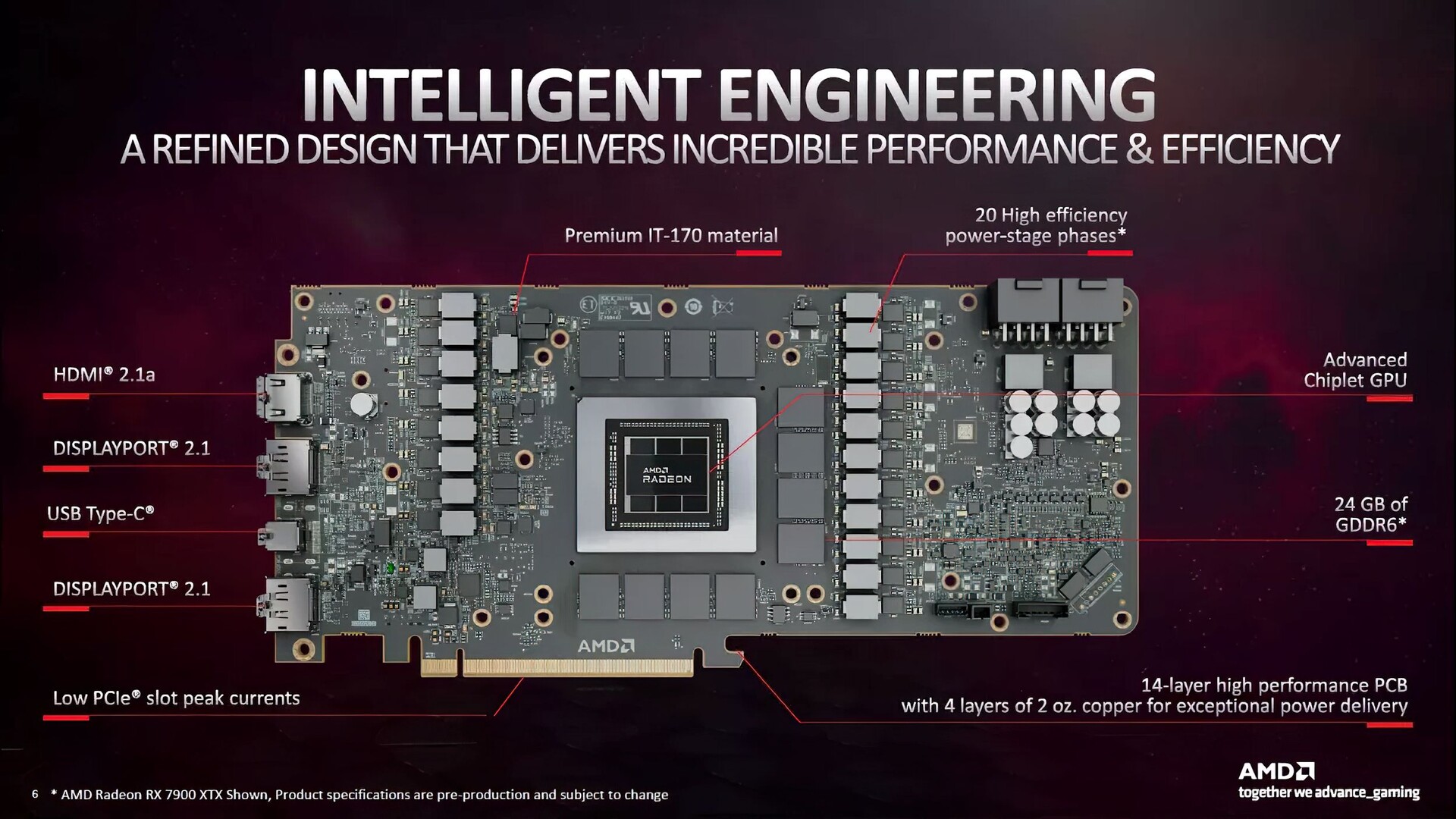
It’s all about the price tag – What will the RX 7900 XTX cost?
As it is a flagship card, the RX 7900 XTX will be frequently compared to Nvidia’s very own flagship GTX 4090, and whilst the 4090 has it beat when it comes to raw power, there are many more factors at play. One of these being price. So, how much will the RX 7900 XTX cost you? At the time of going to press, 7900 will cost you around $899 (UK Price to be confirmed) whereas the 4090s retail price is an eye-watering £1649. Although the current selling price, as of writing this article, ranges anywhere from £1,800 to £2,000. The price mixed with the 4090s limited availability makes it a very expensive upgrade for companies. This might be unattainable for smaller firms with lower budgets, adding another plus for the 7900.
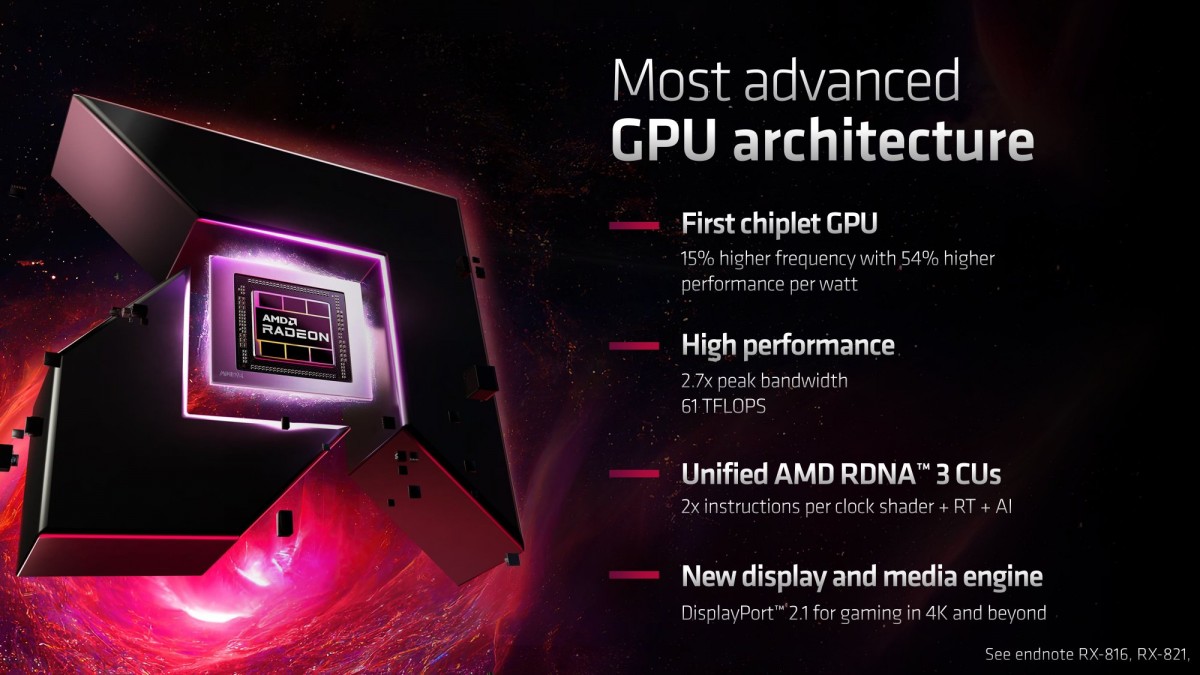
RDNA3 Architecture
One of the key features of this new Graphics card is the brand-new RDNA3 Architecture. Its modular design is responsible for the card’s power efficiency, it’s the key to having the RX 7900 XTX only use 355 watts as opposed to the 4090s 650 watts. Lower wattage results in lower temperatures, which in turn means a smaller heat sink and ultimately, a smaller graphics card size. When it comes to size the GTX 4090 is notoriously large, coming in at a whopping 304mm in length (The size of the founder’s edition, third-party cards are usually even bigger). This is yet another point in the favour of the RX 7900 XTX with its smaller 287mm frame, while this may not sound like a huge size difference, it allows the AMD card to fit comfortably inside the vast majority of workstations and cases, whereas its larger counterpart only fits in the largest of chassis.
The power-hungry 4090 also suffers another drawback as upgrading to this card will more than likely result in also upgrading your power supply in order to fully utilise its immense power. This is because the 4090 requires a minimum of 3 Pins to run, and 4 Pins to utilise its power to the fullest. Therefore, if your current power supply doesn’t have enough power cables (which is quite likely) or is missing the new 16 Pin cable the card uses, you will need to upgrade power supplies. In contrast, the 7900 uses the standard two 8 pin cables which almost every modern power supply comes with, meaning no upgrade will be necessary. Once again cutting the costs of an upgrade to AMD’s graphics card.
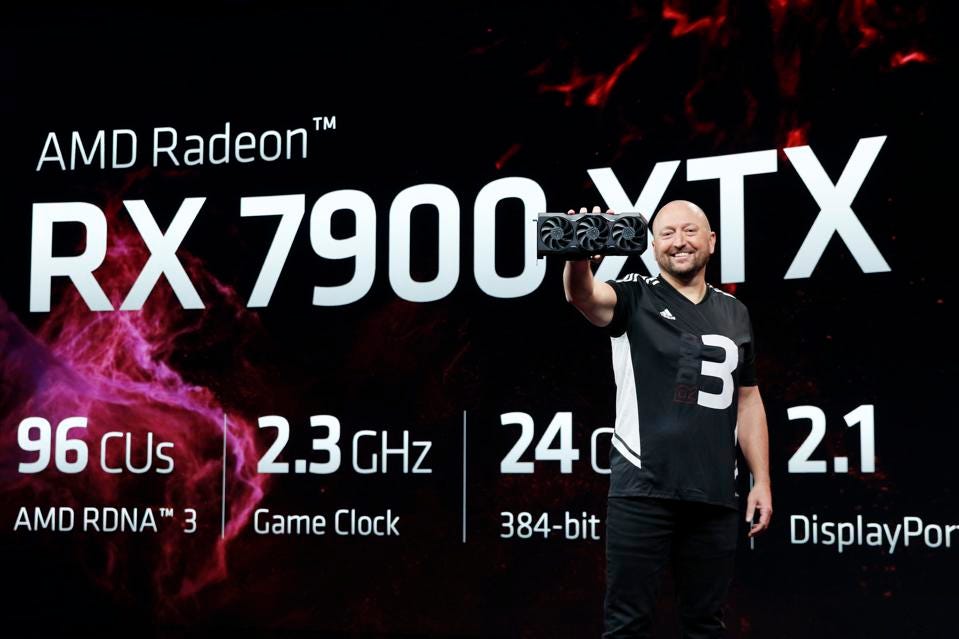
So is the RX 7900 XTX right for you?
There’s no doubt that the RX7900 XTX is a good buy and for the price-conscious, the RX 7900 XTX is the obvious choice. Whilst still boasting very high power, it will run your software to its highest performance for the long foreseeable future. Despite the 4090 having more power, both cards have 24gb of memory which will make things such as rendering videos in 4k run at a very similar speed and take a very similar amount of time. For almost all CAD tasks the difference between these two cards would be marginal, however, for the absolute highest intensity tasks, the 4090 should pull ahead.
Before you upgrade, however, keep in mind that both of these graphics cards are technically labelled as “Gaming” or “Consumer” Cards, meaning that some software such as AutoDesk or Solidworks will not support them because of this label. So while you will still be able to run and use these pieces of software to a very high level, you may experience some technical issues as specialised drivers and updates are not designed for non “professional” cards.
We are excited to get our hands on it and put it to the test for ourselves, There’s no doubt this new graphics card has a lot going for it and we are excited to get our hands on it and put it to the test for ourselves. With the release date coming on the 13th December, there might even be time to get it on your Christmas list!


